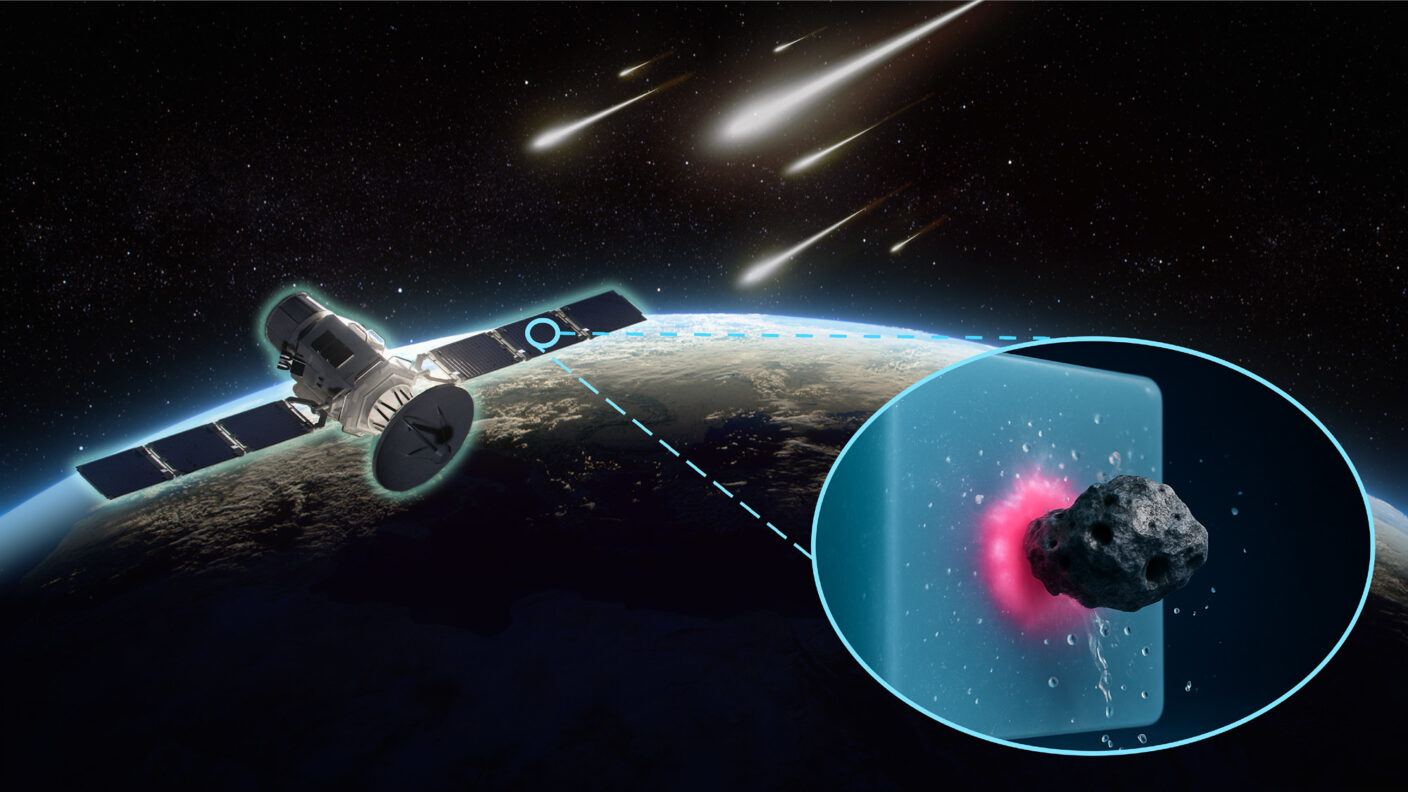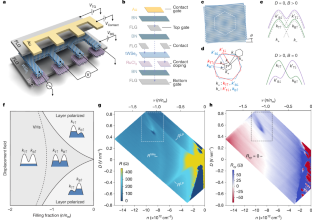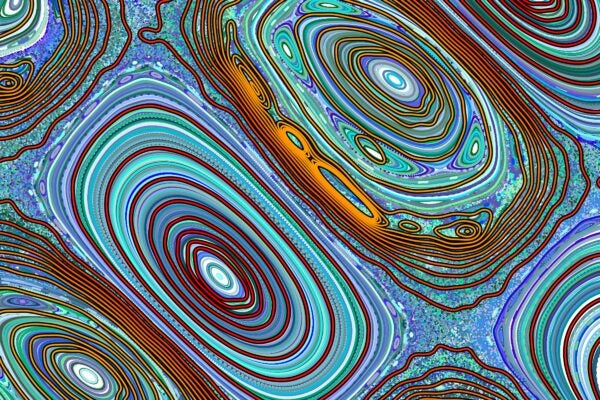2025-05-05 テキサスA&M大学
 A self-healing polymer developed at Texas A&M could protect space vehicles from micrometeoroids by absorbing high-speed impacts and rapidly repairing itself. Credit: Texas A&M University College of Engineering
A self-healing polymer developed at Texas A&M could protect space vehicles from micrometeoroids by absorbing high-speed impacts and rapidly repairing itself. Credit: Texas A&M University College of Engineering
<関連情報>
- https://stories.tamu.edu/news/2025/05/05/new-self-healing-polymer-possesses-a-quality-never-before-seen-at-any-scale/
- https://www.sciencedirect.com/science/article/abs/pii/S1369702124002852
超音速パンクヒール可能で衝撃に強い共有結合適応ネットワーク Supersonic puncture-healable and impact resistant covalent adaptive networks
Zhen Sang, Hongkyu Eoh, Kailu Xiao, Dmitry Kurouski, Wenpeng Shan, Jinho Hyon, Svetlana A. Sukhishvili, Edwin L. Thomas
Materials Today Available online: 4 January 2025
DOI:https://doi.org/10.1016/j.mattod.2024.12.006
Abstract
The dynamic behavior of thin polymer films under high-rate deformation and at small length scales is quite different from that of macroscopic samples loaded quasi-statically. While self-healing of dynamic polymers is well documented for macroscopic samples under applied pressure, mild temperature, and prolonged times, self-healing at the nanoscale after extreme deformation at high rates is largely unexplored. We demonstrate the extensive puncture healing of furan/maleimide Diels-Alder polymer (DAP) covalent adaptive network (CAN) submicron thin films induced by supersonic micro-projectile impacts. For a given sample thickness to projectile size ratio, DAP submicron thin films display a significantly smaller perforation than glassy thermoplastics while showing adequate kinetic energy absorption. Post-mortem microscopic examination reveals efficient puncture healing that is enabled by spatiotemporal gradients in stress- and temperature-induced thermomechanical responses of DAP networks. These responses include a unique solid-to-liquid transition, in addition to viscoelasticity and viscoplasticity. Dissociation of DA bonds occurs due to adiabatic heating and high stresses. The partially dissociated network undergoes biaxial stretching until perforation with subsequent entropically-driven elastic recovery helping puncture closure. Infrared nanospectroscopy confirms that the chemical structure of DAP networks surrounding the puncture has recovered to that before the impact. The energy absorption is evaluated using in-situ imaging at nanosecond, micron-scale resolution. This work suggests molecular design principles for advanced self-healable, damage-tolerant, and energy-absorptive materials that withstand ballistic impacts.



